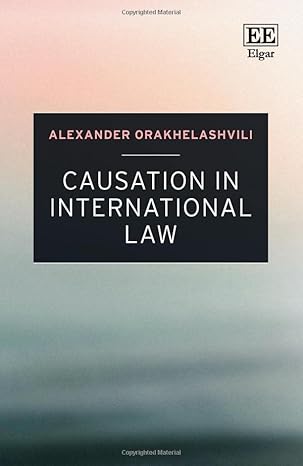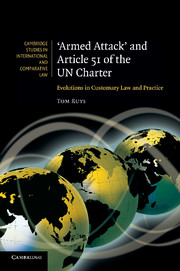Since its establishment after World War II, the State of Israel has sought alliances with non-Arab and non-Muslim countries and minorities in the Middle East, as well as Arab states geographically distant from the Arab-Israel conflict. The text presents and explains this regional orientation and its continuing implications for war and peace. It examines Israel's strategy of outflanking, both geographically and politically, the hostile Sunni Arab Middle East core that surrounded it in the early decades of its sovereign history, a strategy that became a pillar of the Israeli foreign and defense policy. This “periphery doctrine” was a grand strategy, meant to attain the major political-security goal of countering Arab hostility through relations with alternative regional powers and potential allies. It was quietly abandoned when the Sadat initiative and the emerging coexistence between Israel and Jordan reflected a readiness on the part of the Sunni Arab core to deal with Israel politically rather than militarily. For a brief interval following the 1991 Madrid conference and the 1993 Oslo accords, Israel seemed to be accepted by all its neighbors, prompting then Foreign Minister Shimon Peres to muse that it could even consider joining the Arab League. Yet this periphery strategy had been internalized to some extent in Israel’s strategic thinking and it began to reappear after 2010, following a new era of Arab revolution. The rise of political Islam in Egypt, Turkey, Gaza, southern Lebanon and possibly Syria, coupled with the Islamic regime in Iran, has generated concern in Israel that it is again being surrounded by a ring of hostile states—in this case, Islamists rather than Arab nationalists.
چکیده فارسی
از زمان تأسیس پس از جنگ جهانی دوم، دولت اسرائیل به دنبال اتحاد با کشورها و اقلیت های غیر عرب و غیر مسلمان در خاورمیانه و همچنین کشورهای عربی بوده است که از نظر جغرافیایی از مناقشه اعراب و اسرائیل فاصله دارند. متن این جهت گیری منطقه ای و پیامدهای مستمر آن برای جنگ و صلح را ارائه و توضیح می دهد. این مقاله به بررسی استراتژی اسراییل برای دور زدن هسته متخاصم سنی عربی خاورمیانه، هم از نظر جغرافیایی و هم از لحاظ سیاسی، می پردازد که آن را در دهه های اولیه تاریخ حاکمیت خود احاطه کرده بود، استراتژی که به ستونی از سیاست خارجی و دفاعی اسرائیل تبدیل شد. این «دکترین پیرامونی» یک استراتژی بزرگ بود که هدف آن دستیابی به هدف اصلی سیاسی-امنیتی مقابله با دشمنی اعراب از طریق روابط با قدرتهای منطقهای جایگزین و متحدان بالقوه بود. زمانی که ابتکار سادات و همزیستی در حال ظهور بین اسرائیل و اردن نشان دهنده آمادگی هسته عرب سنی برای برخورد سیاسی و نه نظامی با اسرائیل بود، بی سر و صدا کنار گذاشته شد. برای مدت کوتاهی پس از کنفرانس مادرید در سال 1991 و توافقنامه اسلو در سال 1993، به نظر میرسید که اسرائیل توسط همه همسایگانش پذیرفته شده بود، و این امر باعث شد که شیمون پرز، وزیر امور خارجه وقت، فکر کند که حتی میتواند به اتحادیه عرب بپیوندد. با این حال، این استراتژی پیرامونی تا حدودی در تفکر استراتژیک اسرائیل درونی شده بود و پس از سال 2010، پس از دوره جدیدی از انقلاب عربی، دوباره ظاهر شد. ظهور اسلام سیاسی در مصر، ترکیه، غزه، جنوب لبنان و احتمالاً سوریه، همراه با رژیم اسلامی در ایران، نگرانی اسرائیل را ایجاد کرده است که دوباره توسط حلقه ای از دولت های متخاصم محاصره شده است - در این مورد، بیشتر اسلامگرایان. از ملی گرایان عرب.
ادامه ...
بستن ...
- ISBN-10 : 1442231017
- ISBN-13 : 978-1442231016
ادامه ...
بستن ...










